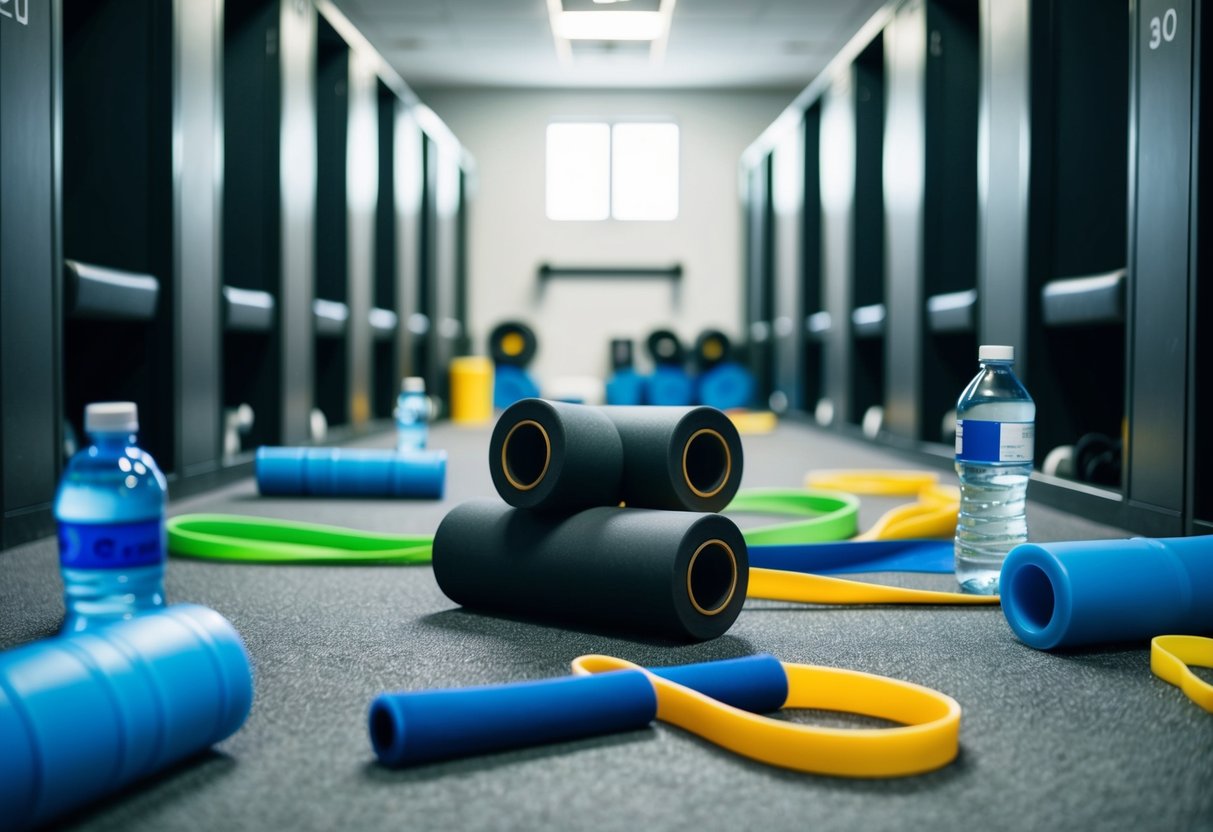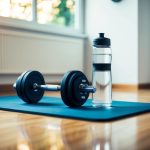
Compression Devices
Compression devices play a vital role in an athlete’s recovery process by improving circulation and reducing inflammation. Compression boots, such as the RecoveryAir JetBoots, help with faster recovery by using dynamic air compression to target fatigue and soreness. They are designed to enhance venous return, which helps flush out metabolic waste and delivers fresh blood to fatigued areas. These devices can be used post-exercise or as a stand-alone recovery technique, benefiting athletes by minimizing muscle cramps and soreness. The convenience of use and the significant impact they have on recovery make compression devices a valuable investment for any serious athlete looking to stay in peak condition.
Thermal Therapy Equipment
Thermal therapy equipment is used to apply targeted heat or cold to specific areas of the body, providing a versatile approach to recovery. Tools like the Hyperice Venom 2 offer heat and vibration therapy, ideal for applying soothing warmth to reduce aches and improve flexibility. Cold therapy is useful for minimizing acute inflammation and swelling post-exercise. Combining thermal therapy with other recovery methods optimizes the healing process, allowing the body to repair itself efficiently. By integrating thermal therapy into a recovery routine, athletes can experience enhanced muscle relaxation and a reduction in delayed onset muscle soreness.
Vibration and Percussive Devices
Vibration and percussive devices, such as massage guns, offer critical benefits for muscle recovery. These tools leverage rapid vibrations to penetrate deep tissue, relieving tension and improving circulation. They are particularly effective after rigorous training, helping reduce muscle stiffness and enhance range of motion. The versatility of devices like these allows athletes to address specific sore spots and adjust intensity levels to suit individual needs. Their compact design makes them easy to use at home, in the gym, or while traveling. Regular use of vibration and percussive devices promotes faster recovery, keeping athletes ready for their next challenge.
The Role of Nutrition in Recovery
Adequate nutrition is crucial for effective sports recovery, with key elements including sufficient protein intake and proper hydration. Understanding the specific nutrients involved can significantly enhance the recovery process.
Protein and Supplements
Protein plays a vital role in muscle repair and growth. Consuming high-quality protein sources post-exercise helps rebuild muscle fibers damaged during intense workouts. Many athletes turn to protein powders, such as whey or plant-based options, for a convenient and effective source of protein. These supplements offer essential amino acids, which are the building blocks of muscle tissue. Timing is critical; ingesting protein shortly after exercise optimizes muscle recovery and growth.
In addition to protein, certain supplements can further aid in recovery. Branched-chain amino acids (BCAAs) have gained popularity for their potential to reduce muscle soreness and fatigue. Creatine, another common supplement, is known to enhance performance and support muscle recovery. It’s important to choose supplements that align with individual dietary needs and consult with a healthcare professional when necessary.
Hydration and Electrolytes
Proper hydration is fundamental to the recovery process. Water aids in regulating body temperature and keeps physiological functions running smoothly. During exercise, athletes lose fluids and electrolytes through sweat. Replenishing these lost electrolytes, such as sodium, potassium, and magnesium, is essential to maintain fluid balance and prevent dehydration.
Sports drinks or electrolyte supplements are popular choices to replace lost fluids and minerals. These beverages typically contain the electrolytes needed for rapid rehydration. It’s not just about drinking water; understanding the body’s needs regarding both fluids and electrolytes ensures optimal recovery and maintains energy levels for subsequent activities.



